As Oscar Nomination Voting Nears, Documentary Films from India Gain Prominence On The Global Stage
- Oops!Something went wrong.Please try again later.
- Oops!Something went wrong.Please try again later.
- Oops!Something went wrong.Please try again later.
- Oops!Something went wrong.Please try again later.
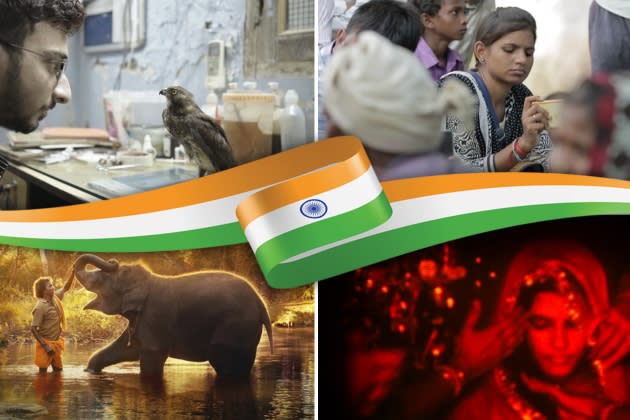
When the Oscar nominations for Best Documentary Feature were announced last year, a big underdog made the cut: Writing with Fire.
The film lacked both a major U.S. distributor and streaming partner. It hailed from India, a country with a vast narrative filmmaking tradition, but less of an imprint in documentaries. Directors Sushmit Ghosh and Rintu Thomas told the triumphant story of India’s only newspaper run by Dalit women in an industry dominated by men, and in the process made Oscar history.
More from Deadline
Bob Nalbandian Dies: Director, Producer And Journalist On Heavy Metal Scene Was 58
Pete Doherty Gives Surprise Performance At France's Les Arcs Film Festival
“The fact that this was the first Indian documentary feature to be nominated became just such big news,” Thomas told Deadline last year. “A billion people sort of erupted in joy because we’re a film-loving nation.”
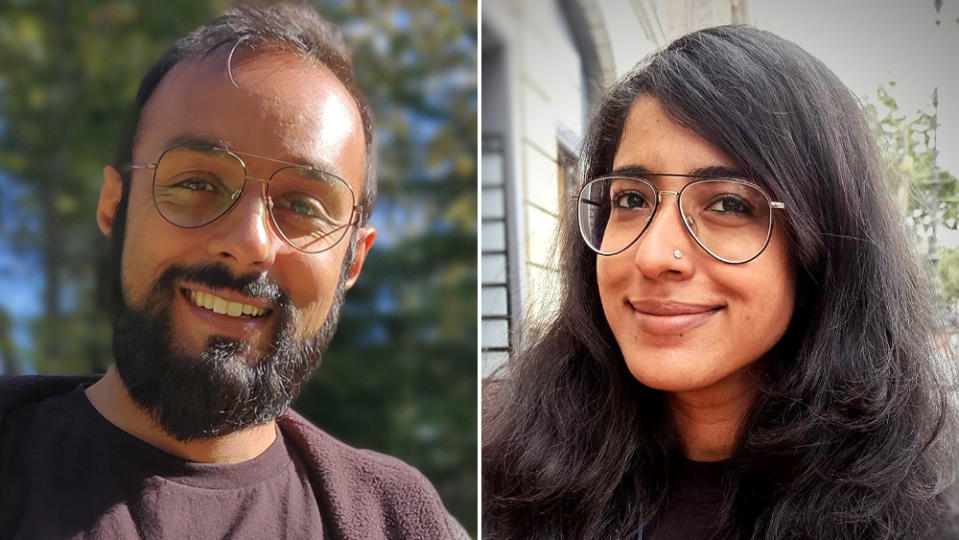
The passage of a year has given Thomas and Ghosh a chance to reflect on the emergence of Indian documentary filmmaking onto the world stage.
“What we are witnessing now are the blossoms from seeds of consistent negotiations that nonfiction filmmakers in India have done for decades,” the directors tell Deadline. “There are no realistic support structures for funding, mentoring, and distribution – so documentary filmmakers in India have found their own disruptive ways to make films, create their audiences, and doggedly protect their voices.”
They add, “Globally, a few things have evolved, which have created a space for our stories to be told in our own voices. There has been a steady momentum of reckoning about who is telling whose stories. This means that film funding institutions, film festivals, and distribution networks are being led by a more diverse leadership actively creating a space for narrative voices from outside North America and Europe. Financially, this has strengthened the muscle needed to support the strength of our vision. The impact of this re-centering of power is seen in the consistently increasing number of Indian (and South Asian) films starting their journeys at globally revered film festivals.”
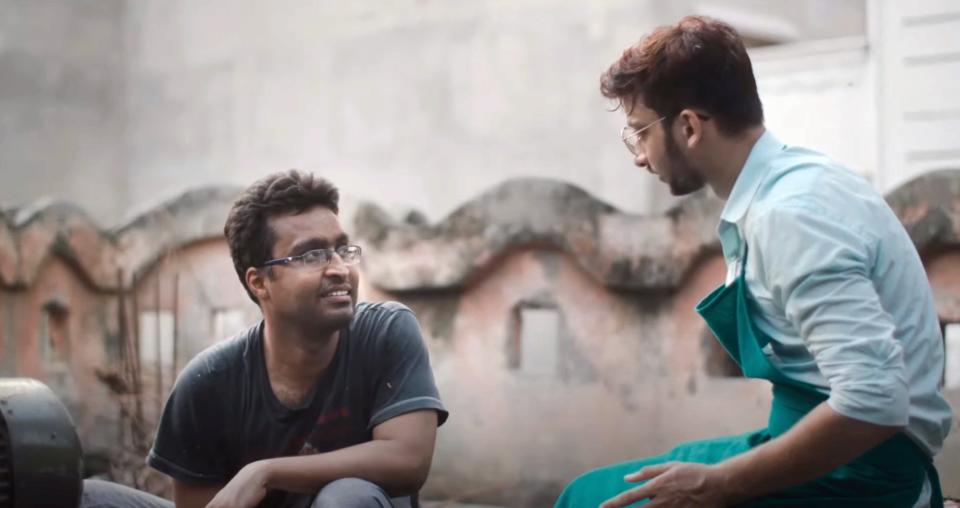
Writing with Fire premiered in 2021 at one of those globally revered festivals – Sundance. Another Indian documentary that premiered at Sundance in 2022 – All That Breathes – recently made the Oscar documentary shortlist and has become a front runner for the Academy Award. The film from Delhi-based director Shaunak Sen won the Grand Jury Prize for World Cinema Documentary at Sundance and the L’Œil d’Or (“Golden Eye”) best documentary award at the 2022 Cannes Film Festival, the first film to take both those honors in a single year. All That Breathes tells the story of two brothers — Nadeem and Saud — who devote their lives to the quixotic effort of protecting the black kite, a majestic bird of prey essential to Delhi’s ecosystem that has been falling from the sky at alarming rates, victims of the city’s pollution. The documentary explores the connection between the kites and the Muslim brothers who help them return to the skies, offering a mesmerizing chronicle of inter-species coexistence.
Sen attests to a noticeable change in international attention and recognition for Indian documentaries and filmmakers.
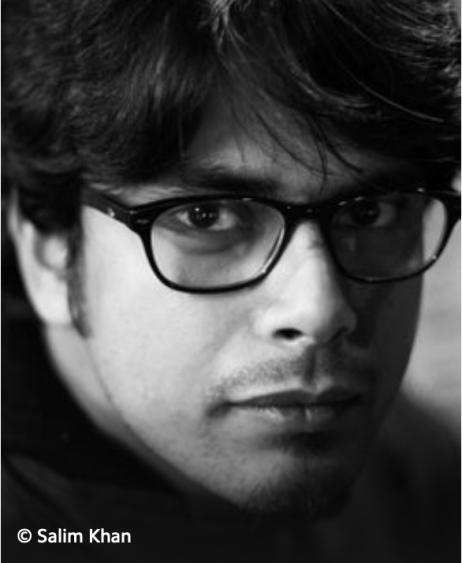
“It’s undeniable that there has been a significant fillip to Indian nonfiction, and it’s undeniably unprecedented,” Sen notes. “There is a world of difference between just my first film [Cities of Sleep] in 2016 and All That Breathes, and it feels like this film is coming out in an entirely different orbit of attention and resources available, for sure.”
Sen identifies several factors that have contributed to the growing prominence of Indian documentary filmmaking.
“Internally, there have been, especially, pitching forums and mentorship labs like Docedge Kolkata, for instance, that happen to go a long way in acclimatizing you to the industry and the avenues to raise funds from, and so on,” he observes. “Technological factors have helped – DSLRs made things easier, and you were not as dependent. Now you can shoot 4K for cheaper. I think now is when a lot of things have come to fructify.”
The All That Breathes director credits Indian documentary filmmakers in the previous decade with laying a strong foundation for progress.
“One doesn’t want to eschew or minimize the incredible contributions of past Indian nonfiction filmmakers like Anand Patwardhan, Supriyo Sen or Deepa Dhanraj, whose shoulders a lot of us are standing on at the moment,” he says. “Films of the last decade such as An Insignificant Man [2016], Katiyabaaz [2013], Placebo [2014], and others, have helped tremendously.”
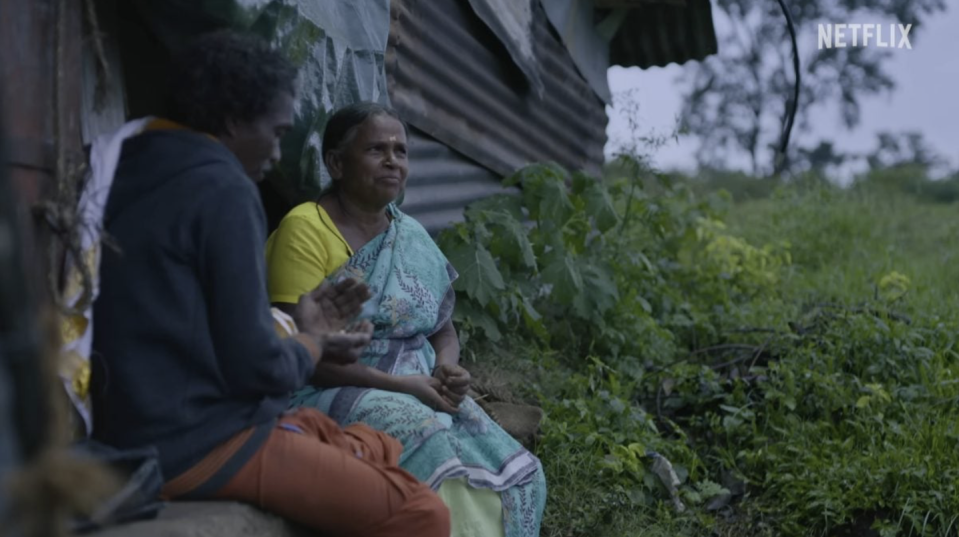
Sen is not the only Indian documentary director this year to land a spot on the highly-competitive Oscar shortlists. So did Kartiki Gonsalves, in the doc shorts category, with her Netflix film The Elephant Whisperers. It centers on an Indigenous Indian couple from Tamil Nadu, Bomman and Bellie, who successfully raise an orphaned male calf elephant named Raghu.
Gonsalves, a first-time director, beat the odds to get her film made; she’s vocal about the difficulties of being a documentary filmmaker in India.
“I have noticed that getting documentaries [onto a streaming platform] is challenging,” Gonsalves tells Deadline. “It’s a situation where filmmakers have stories, but investors are still not completely open to accepting documentary subject matters. They always have this question – ‘Will it be successful?’ For The Elephant Whisperers, it was a struggle just getting people open to looking at a story as raw as this.”
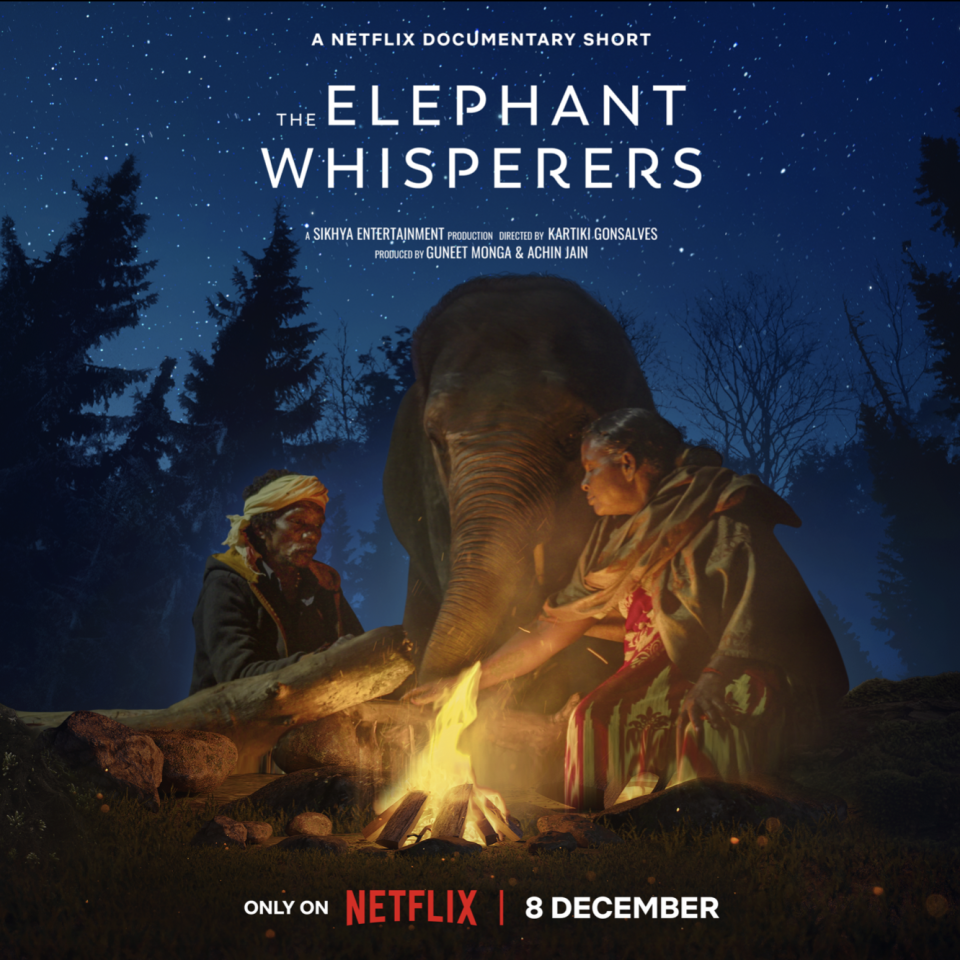
The key for Gonsalves was to shoot a sample reel, working with a small team she assembled comprising her cinematographer and sound operator. She sent some of the footage of Raghu, Bomman and Bellie to the documentary division of a Netflix regional office.
“When I reached out to Netflix Asia-Pacific and sent them what I had filmed, they immediately wanted to acquire the film, but it was only much later, after the acquisition, that they asked me what I needed,” Gonsalves recalls. “I said I needed a producer so I could focus on the creative. So, they presented me with choices, and I chose Guneet Monga because of her many beautiful pieces of work. Guneet brought in [EP-editor] Douglas Blush because she had previously worked with him on Period. End of Sentence. After that, we worked nonstop for three years, and here we are today.”
Gonsalves expresses excitement about the pivot of documentary storytelling in India, citing the advent of online streaming platforms – both Indian and international.
“India’s at a place where filmmakers are being able to tell local stories,” she comments. “There’s a great love for what is going on in India. There is more curiosity and genuine interest from foreigners, and they want to know the other facets of the diversity of India and not just the poverty. Online content streaming has a hundred percent contributed towards the demand for diverse documentary storytelling from India.”
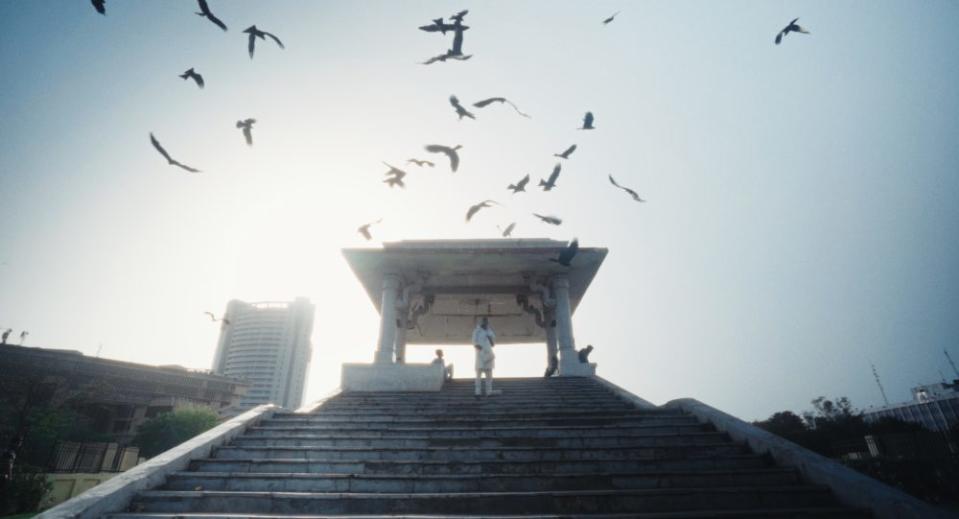
All That Breathes’ Sen agrees that the rise of streamers has made a huge difference for documentary filmmakers generally.
“The coming in of the OTT has amplified a kind of appetite for nonfiction globally,” he says. He points to additional factors that have boosted Indian doc filmmaking. “There have been films of Sourav Sarangi, Supriyo Sen, and others, and even Fahad Mustafa and Deepti Kakkar’s Katiyabaaz, that availed themselves of international grants or international co-productions with an Indian production. Indian documentary stories such as mine, Writing with Fire, and now Sarvnik Kaur’s Against the Tide [an official selection at the 2023 Sundance Film Festival] have all received the Sundance grant, which has helped. Getting into top-tier film festivals like Sundance really alters the coordinates of the life of the film.”
That’s largely true, yet the Sundance launch for Writing with Fire didn’t immediately pay off in the way Thomas and Ghosh had hoped.
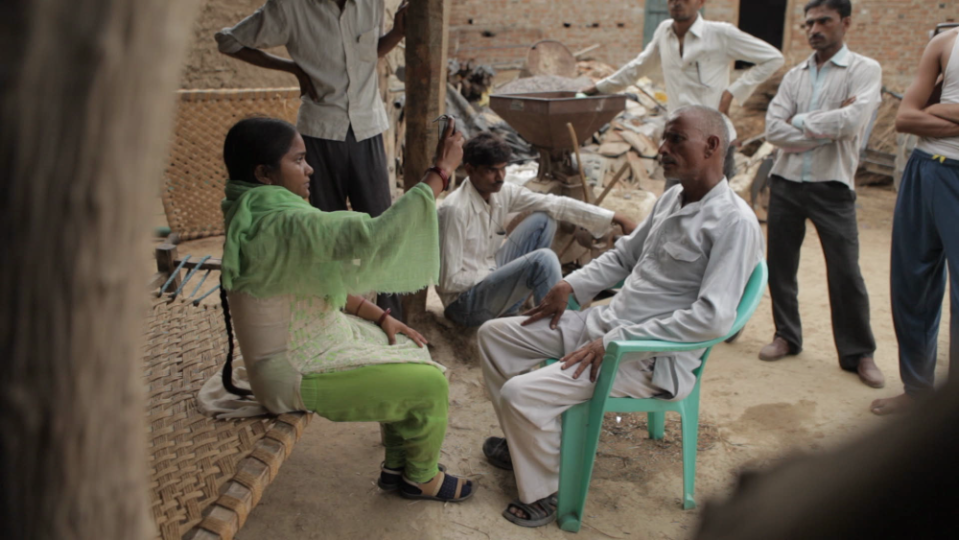
“While Writing with Fire had its premiere at Sundance in 2021, where it won two awards, this did not translate into a global distribution deal from a studio or OTT, which surprised our partners and us,” the directors say. “We decided to pivot and focus on a very robust festival run with the film – it played in over 150 festivals, garnering 30 awards – qualified the film [for Academy Awards consideration] with a limited theatrical run in the U.S., and continued to ensure that the film was seen by as vast and varied demography. This was the game-changer for us. The diverse tenor of the [Academy’s] Documentary Branch ha[d] a huge role finding Writing with Fire a nomination for an Academy Award.”
India has long proven an alluring subject for Western documentary filmmakers. Pioneering Canadian filmmaker James Beveridge earned acclaim for his 1957 film Himalayan Tapestry: The Craftsmen of Kashmir. British filmmaker Michael Wood examined the subcontinent’s history in the 2007 documentary series The Story of India. And British photographer-filmmaker Zana Briski and American filmmaker Ross Kauffman won the 2005 Oscar for Best Documentary Feature for Born into Brothels, about children of prostitutes in Kolkata. What’s different now is that Indian filmmakers are doing the storytelling.

Payal Kapadia, a filmmaker from Mumbai, won the L’Œil d’Or best documentary award at the 2021 Cannes Film Festival for A Night of Knowing Nothing. In the film she deftly merges reality with fiction, weaving together archival footage with student protest videos to tell the story of L, a film student, writing to her estranged lover while he is away.
“I studied film direction at the Film and Television Institute of India. I didn’t intend to be a documentary filmmaker. I just wanted to make films!” Kapadia tells Deadline. “For me, cinema exists on a spectrum between fiction and nonfiction and this is what excites me about it.”
Homegrown stories crafted from a place of authenticity have become a hallmark of recent Indian documentaries. Writing with Fire’s Thomas and Ghosh look at authorship as critical.
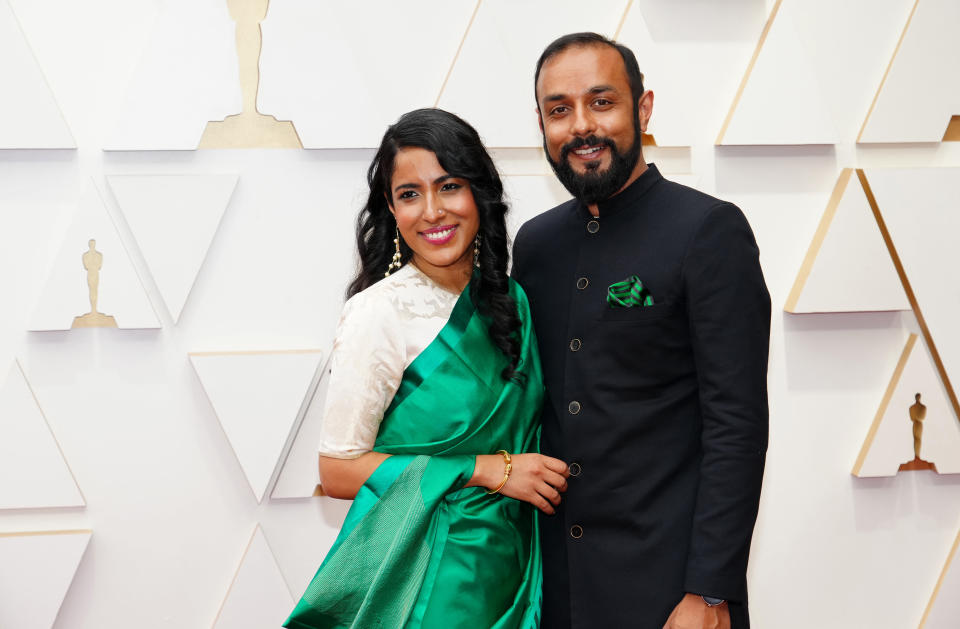
“There is a culture of exclusion embedded in how the documentary form evolved as a genre of storytelling [in India]. And so, the act of framing the narrative by a dominant white male gaze has been predominantly colonial and exotic,” they observe. “When we take over the lens, we are able to free our narratives from this homogeneity and imbue them with complexity, authenticity, and dignity. If we look at the last year alone, films by Indian documentarians – A Night of Knowing Nothing, All That Breathes, Writing with Fire, and While We Watched – have all resonated powerfully with global (and Indian) audiences. Each of these films has its own unique visual and emotional language; this is the richness we bring with our gaze and voice.”
Sen sees certain tropes present in stories about India made by Western filmmakers.
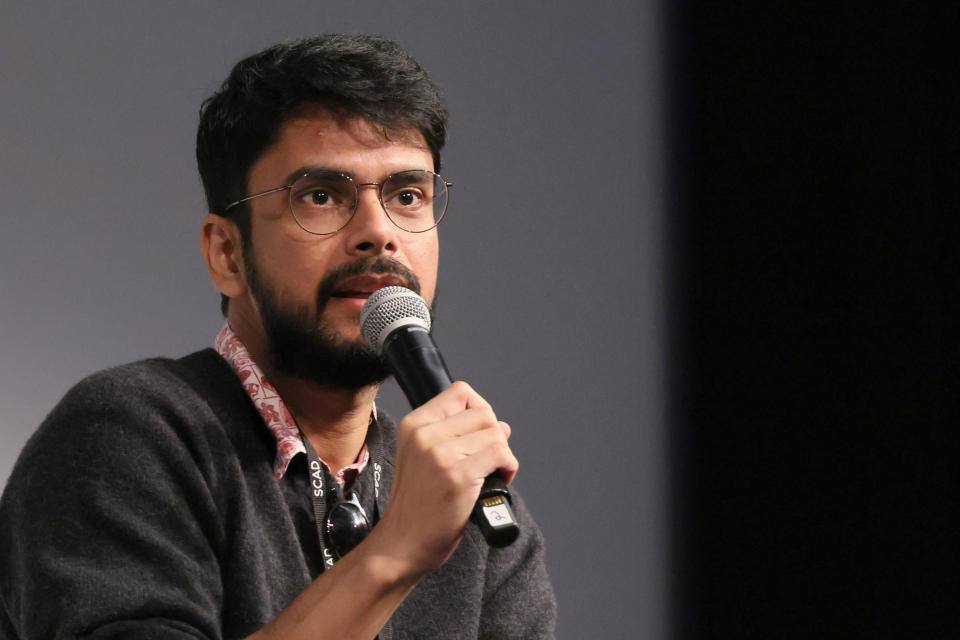
“Very often the real challenges that the non-Western world, or what’s pejoratively called the ‘third world’ carries, is the burden of always being about the social asphyxia. It’s always about issues of surface-level disenfranchisement or disempowerment, which at times feels a bit cardboard and thin. If it’s here [India] – it’s about poverty. If it’s there [the West] – it’s about philosophy,” he says, contrasting that mentality with his approach in All That Breathes. “I was interested in telling a story – which, of course, did not lose sight of the material struggles involved here – that gave a kind of rich interiority to the life of people. And that happens when you are intimately immersed in the vernacular and colloquial cultures of the place. So, it’s not so much about just an Indian telling a story… it’s about how much time the author or the filmmaker has immersed themselves.”
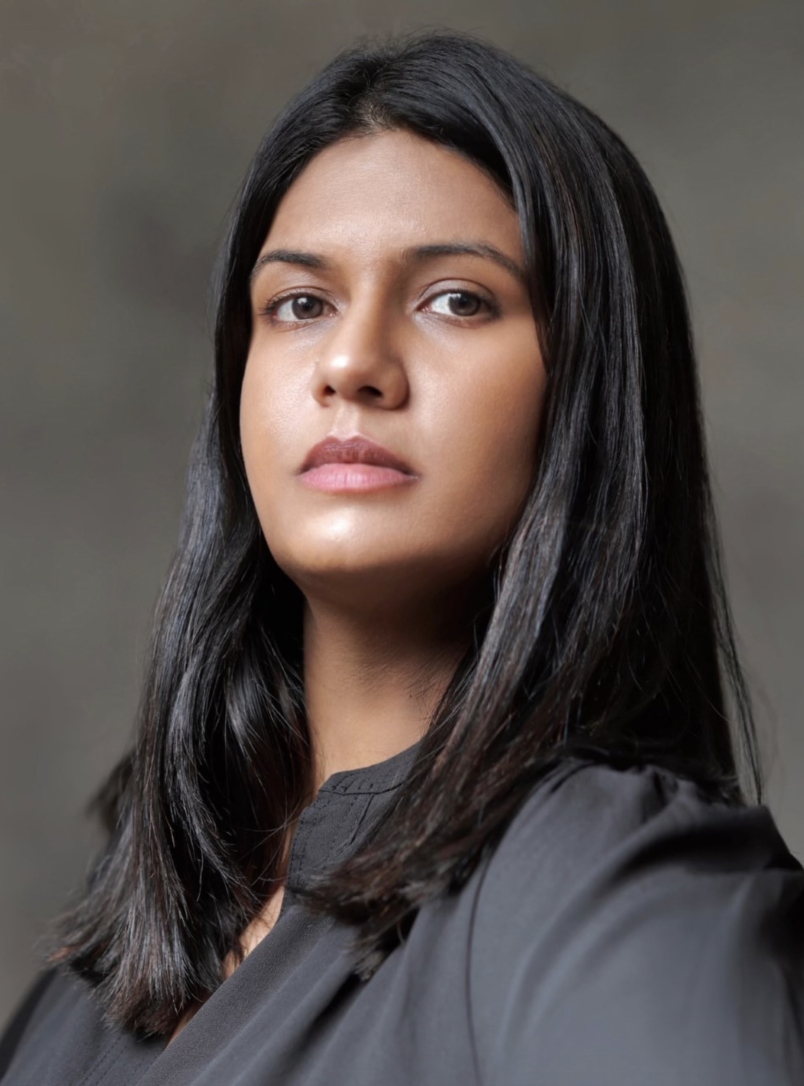
Gonsalves of The Elephant Whisperers feels the lens becomes more precise through the eyes of a native. “I’m interested in giving voice to those who haven’t been heard. I want to let the Indigenous people, women, and the poor have a chance to tell their stories. In India, ‘til now, there is still a heavy burden on colonialism. Foreigners still tend to look down on Indians as people who have been subjected to their rule. Part of the strength of The Elephants Whisperers is that I am filming my homeland, a land and ecosystem that I know and love. You must tell a story from the heart and strike an emotional chord.”
Kapadia, director of A Night of Knowing Nothing, offers an interesting take on Indian versus non-native filmmakers telling stories of India.
“India is such a large country, even being from here may make you an outsider in a region you are not from, within the country,” she says. “You could be an outsider within your own city in different neighborhoods. If you are not talking about an experience that is not your own, you will always be an outsider.”
The important development for documentary filmmaking in India is that Indian directors are getting the chance not only to make films, but to bring them to audiences well beyond the country’s borders. Against the Tide, premiering later this month at Sundance, marks the third consecutive year a feature documentary film from India has been selected for World Cinema Documentary Competition at the prestigious festival. And with All That Breathes and The Elephant Whisperers making it onto the 2023 Oscar nomination shortlists, it’s a strong sign that Indian nonfiction storytelling has reached a new level of prominence.
“There is definitely a moment right now,” Sen comments, “though one has to be a bit guardedly or cautiously optimistic about the hyperbolic rhetoric on this being the ‘golden age’ of Indian nonfiction. Let’s just say that there is definitely an efflorescence in global nonfiction, and India has also benefited from it.”
Best of Deadline
2022-23 Awards Season Calendar - Dates For The Oscars, Grammys, Guilds & More
TV Cancellations Photo Gallery: Series Ending In 2023 & Beyond
Hollywood & Media Deaths In 2023: Photo Gallery & Obituaries
Sign up for Deadline's Newsletter. For the latest news, follow us on Facebook, Twitter, and Instagram.

